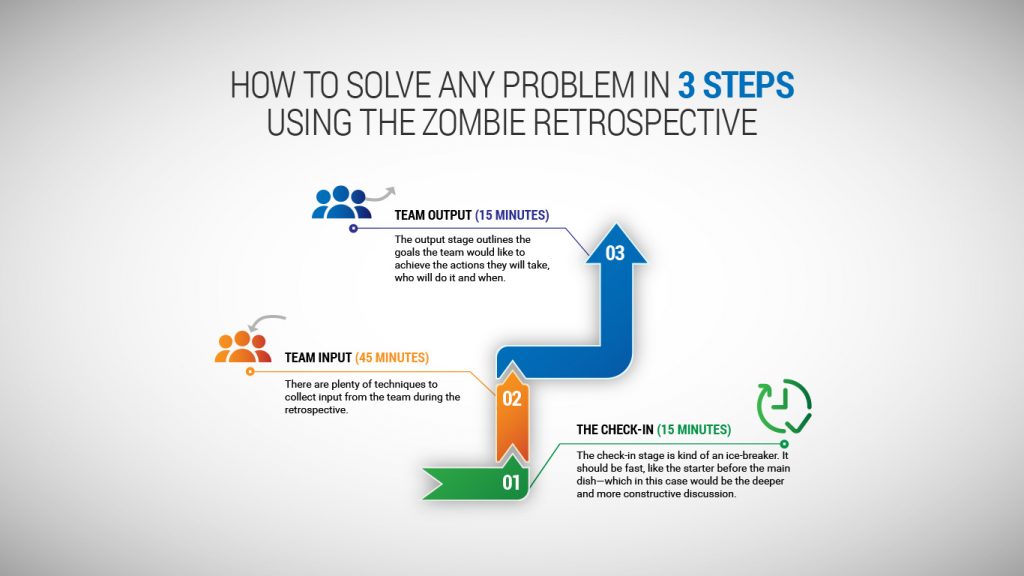
Facing challenges is an inevitable part of life, but how we deal with them can make a big difference. When problems show up, it’s important to focus on the things that unite us—it’s better to have a common enemy than fight internally. Experience in complex software development has taught me that it’s crucial to stop, think and act at regular intervals.
Read the complete article here: https://devops.com/how-to-solve-any-problem-in-3-steps-using-the-zombie-retrospective/
